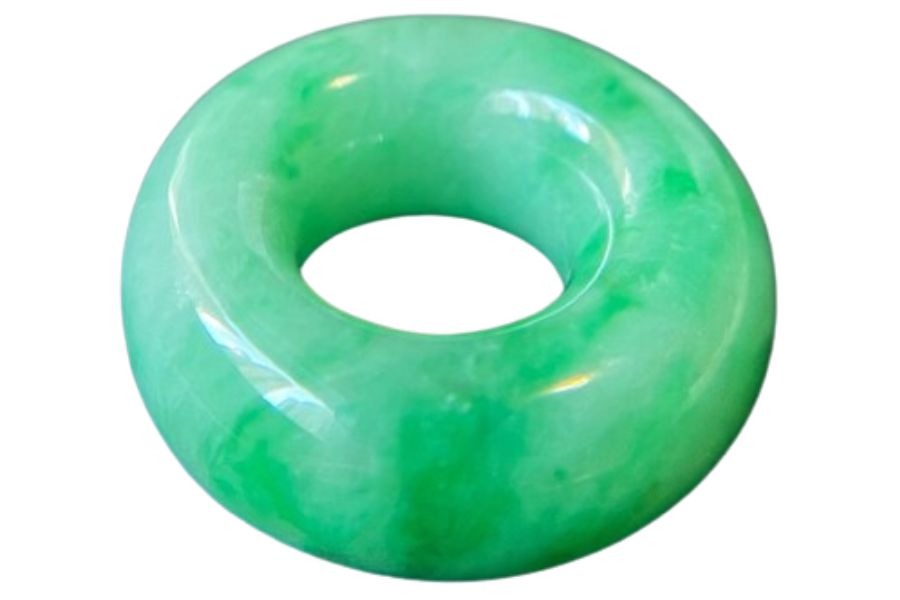When people ask what color is jade, many might think it’s just green. In truth, this beautiful stone can range in a spectrum of colors from white to black.
Each color of jade holds its unique charm and significance, reflecting various elements of nature. For instance, red jade evokes a sense of passion and power, while lavender jade brings a touch of serenity and grace.
We’ll be uncovering the diverse palette of colors that jade exhibits. From the deep blues to the striking yellows, every shade tells a story and adds to the allure of this beloved gemstone.
The Most Common Jade Color
Most people think of a rich, emerald green when they picture jade. This color has adorned everything from jewelry to decorative items for centuries.
However, jade comes in two main types: nephrite and jadeite, each with its own range of colors. Nephrite typically shows up in creamy white to green shades, while jadeite can be found in colors like blue, lavender, and even black.
Understanding how jade forms adds to its wonder. It’s created deep within the Earth under conditions of high pressure and relatively low temperature, emerging as the exquisite stone many cherish today.
The Different Colors Of Jade
Jade colors are as varied as the places they are found, reflecting the rich tapestry of Earth’s geology. This stone is not just a single hue but a whole spectrum that tells different stories from around the world.
In exploring the different colors of jade, it becomes clear that this stone is more than just a pretty gem. The variety of hues in jade reflects the diverse conditions under which it forms in the Earth.
Green
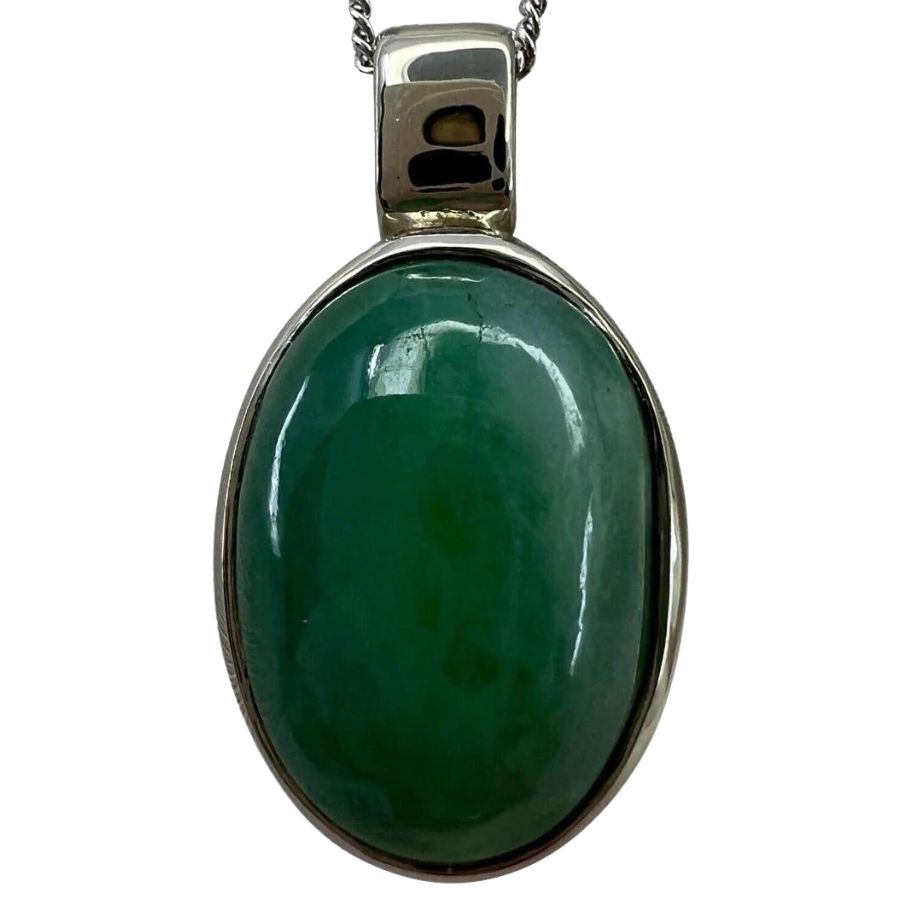
The green coloration in jade is primarily due to the presence of chromium or iron within the stone, giving it a range from soft, pale greens to deep, vibrant emeralds. This variety of jade is often found smooth and polished.
This popular gemstone is primarily sourced from regions like Myanmar (formerly known as Burma), which is famous for its high-quality jadeite.
Other notable sources include Guatemala for its unique variety of green jade and China, known for both historical and current mining.
Green jade can present as a uniformly solid green color, exuding a serene and continuous hue throughout the stone. Alternatively, it can exhibit a mottled or marbled appearance, intertwining shades of green with white.
White
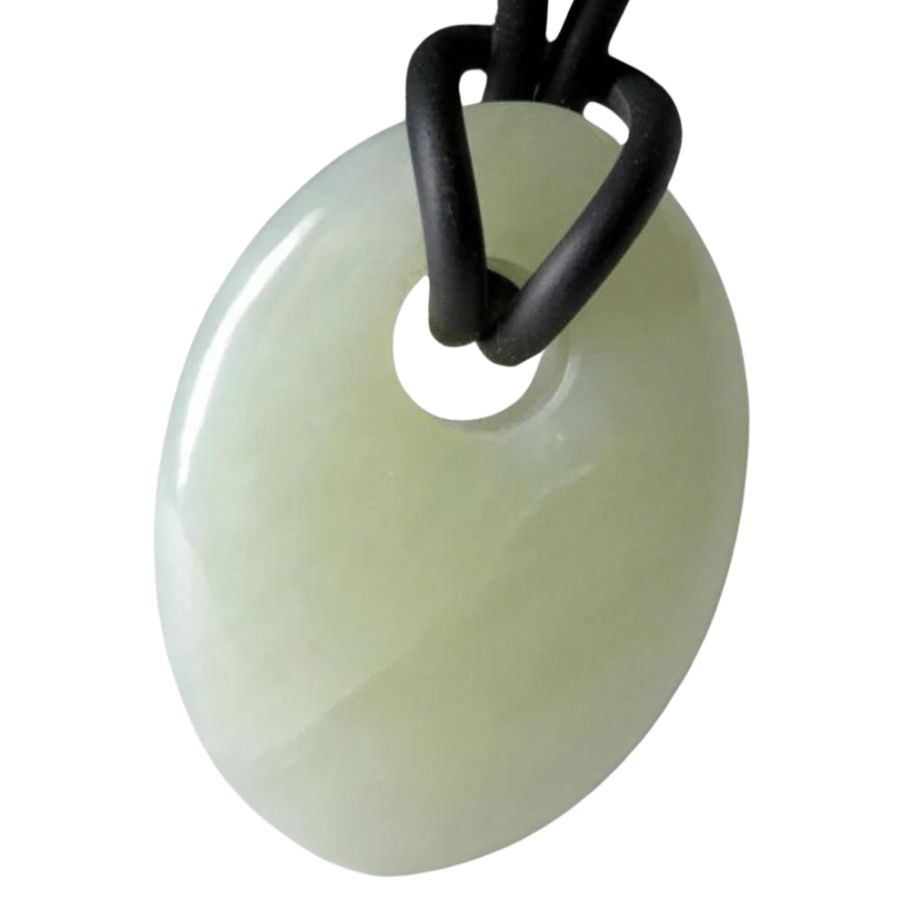
White jade, with its creamy and sometimes almost translucent appearance, radiates a calm and soothing presence. It’s often found smooth to the touch, reflecting a clean, milky sheen that makes it a favorite for various types of craftsmanship.
This form of jade is mainly found in places like China, which has a long history of white jade mining and carving, especially in regions such as Xinjiang.
Other notable sources include Russia and Korea, where the mineral is extracted from the earth to reveal its pristine beauty.
For those intrigued by the origins of white jade and wanting to know more about finding similar treasures, check out our guide to rockhounding near you. We can offer insights that can help you in this exciting journey.
Purple
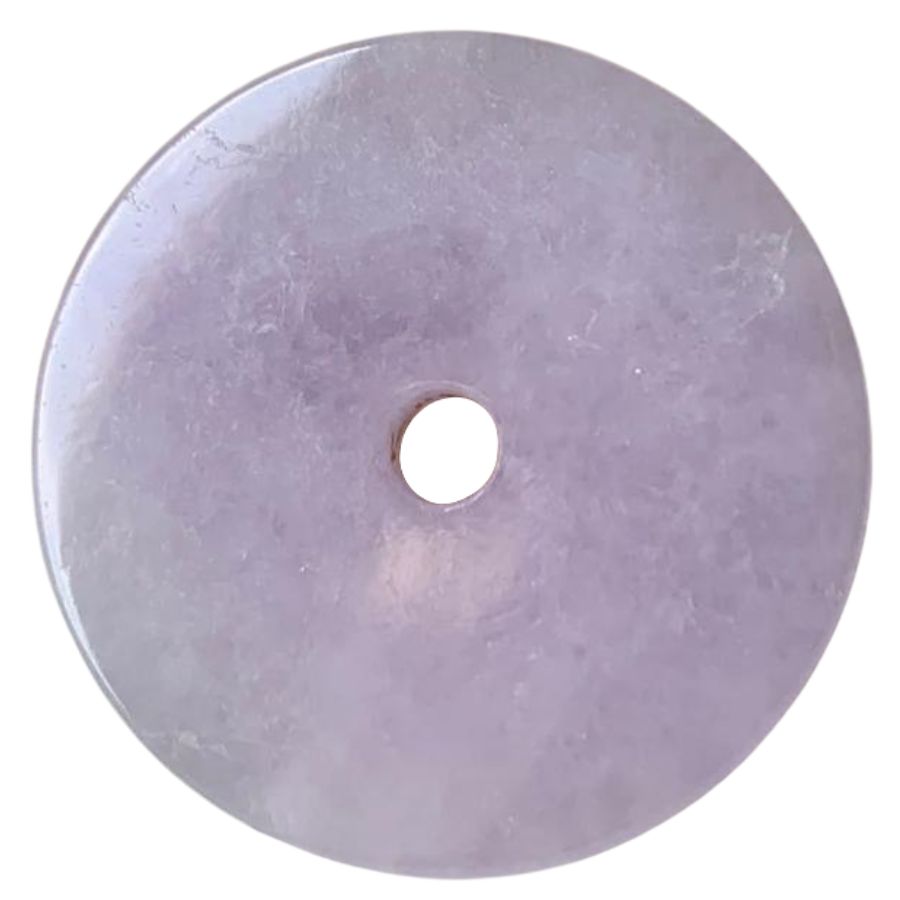
Purple or lavender jade displays enchanting hues due to the presence of trace minerals like manganese and iron. These elements interact with the stone’s crystalline structure, producing shades from soft lilacs to deeper purples.
The primary source of purple jade is Turkey, where vast deposits offer variations of lavender jade. Additionally, it’s found in Myanmar, known for producing a range of jade colors including the sought-after purple variety.
The allure of purple jade is not just in its color but also in its texture. Depending on how it’s formed, it can appear creamy and smooth or have a slightly mottled look, giving each piece a distinct and personal touch that enhances its natural beauty.
Yellow
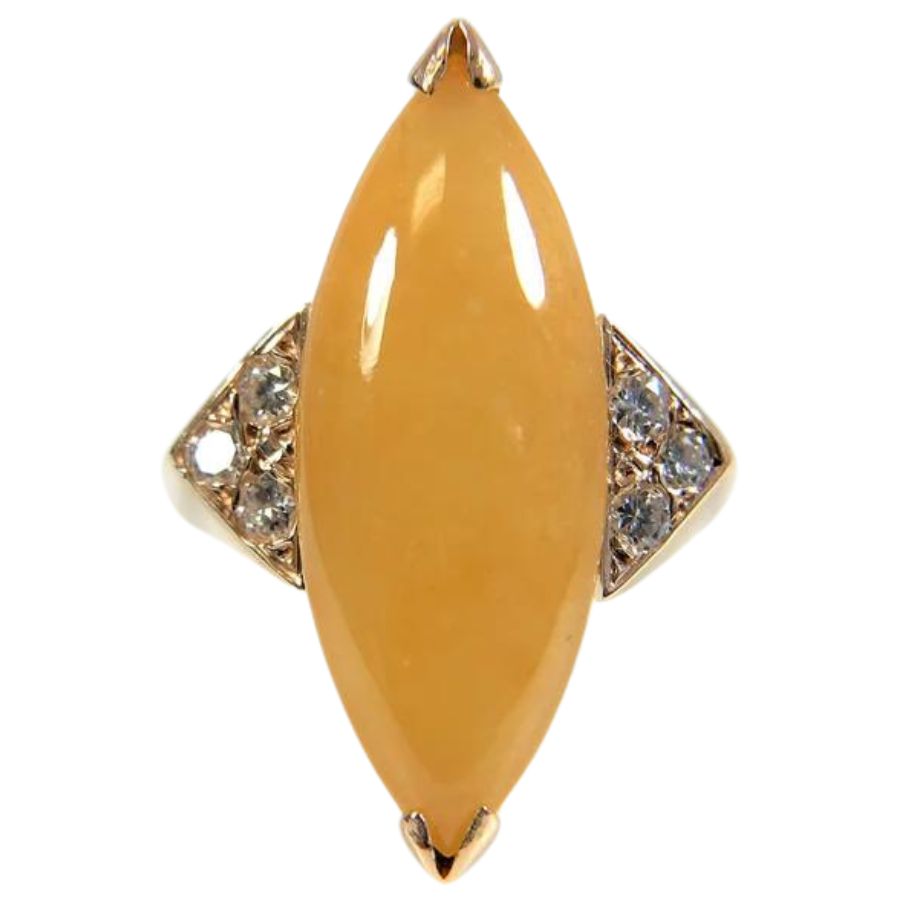
Yellow jade is distinguished by its sunny shades due to varying amounts of iron in the stone. This mineral creates a spectrum from pale lemon to rich golden tones, each piece reflecting a natural palette.
This cheerful stone is primarily found in regions such as Guatemala and parts of East Asia, where the specific mineral composition necessary for its coloration occurs naturally.
Yellow jade’s texture can range from a smooth, glassy surface to a more grainy, opaque finish. It’s often used in carvings and ornaments, bringing a bright and warm element to the designs.
Orange
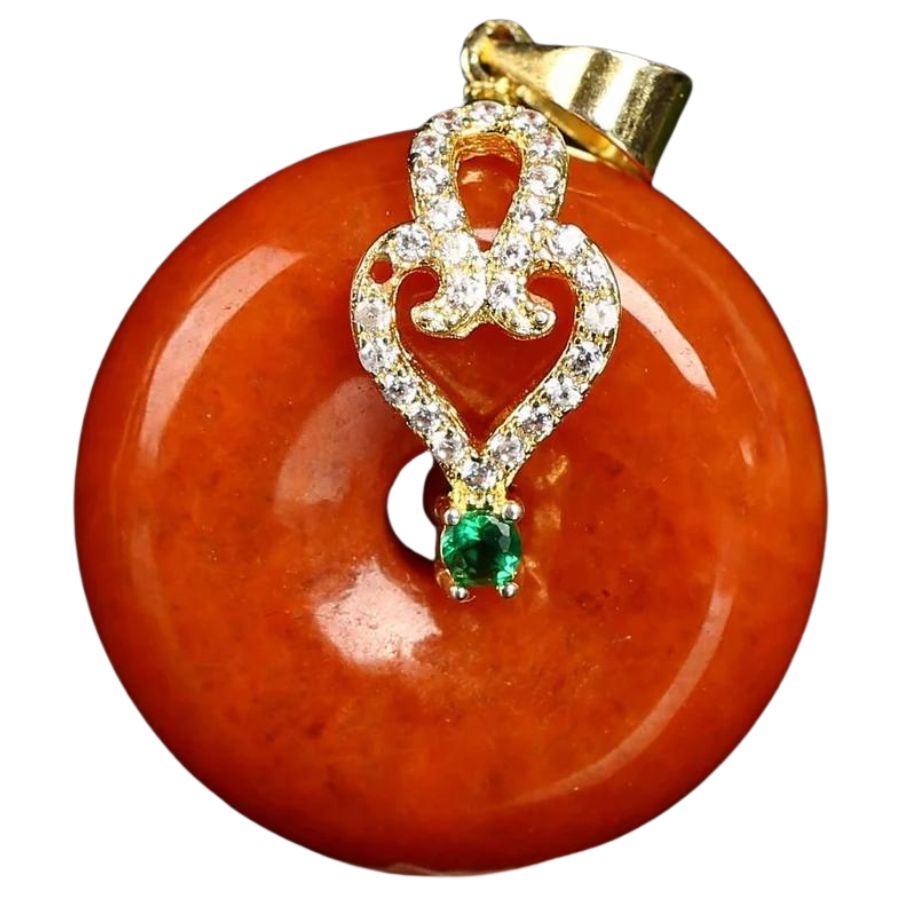
Orange jade is a vibrant variety whose color comes from the presence of iron and manganese. The interplay of these minerals provides a range of orange shades, from soft peach to bold amber.
This colorful variety of jade is mainly sourced from areas in Mexico and Central America, where the mineral conditions foster the growth of jade.
The texture of orange jade can be smooth and glossy or have a more satin finish, depending on how it’s been cut and polished.
It also varies in translucency, from nearly opaque stones that have a rich depth of color to more translucent pieces that glow warmly when light passes through.
Red
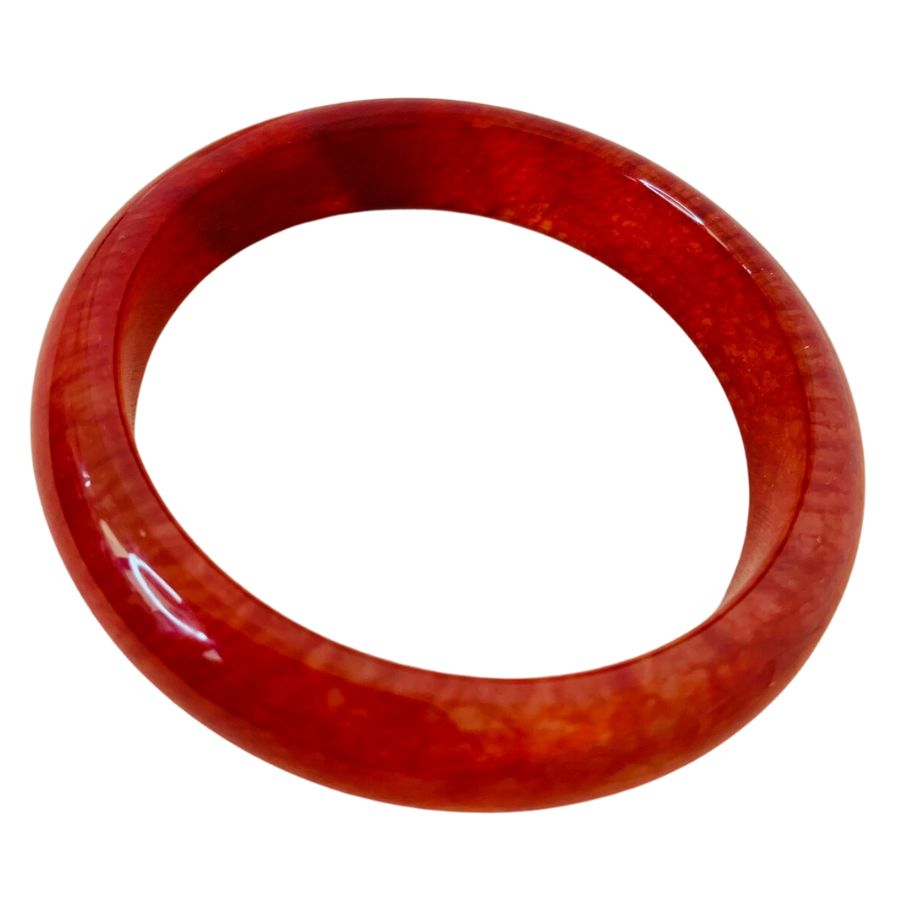
The color of red jade comes from trace amounts of iron or chromium within the stone. The specific elements and conditions create a spectrum of reds, from bright to deep, sometimes accented with darker streaks or mottling for added depth.
This vivid form of jade is primarily found in areas known for diverse mineral deposits, including the United States, Turkey, and China.
Red jade is often seen in carvings, ornamental objects, and fine jewelry, where its deep color can truly shine. Skilled artisans shape and polish this gemstone to bring out its best qualities.
While all jade has its own appeal, the price of jade can vary greatly depending on its color, clarity, cut, and origin. Red jade, with its rare and captivating hue, can command higher prices.
Black
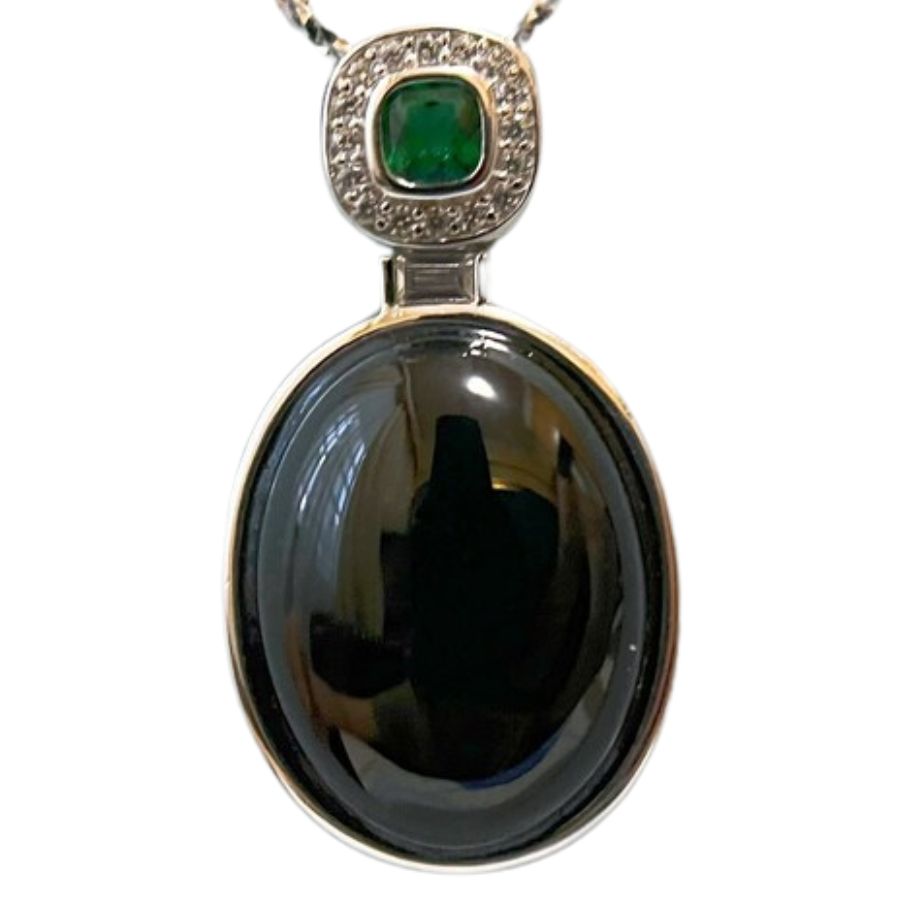
Black jade’s dark coloration is typically due to the presence of graphite or other iron-rich minerals embedded within the stone. This gives it a dense, sometimes almost metallic look.
Significant deposits of black jade are found in places like Wyoming in the United States and Guatemala. These locations are known for their quality jadeite, providing some of the best examples of this captivating dark stone.
While black jade is generally quite opaque, some pieces may show slight translucency on thin edges or when finely cut. Craftsmen value black jade for its robustness and distinct color.
Blue
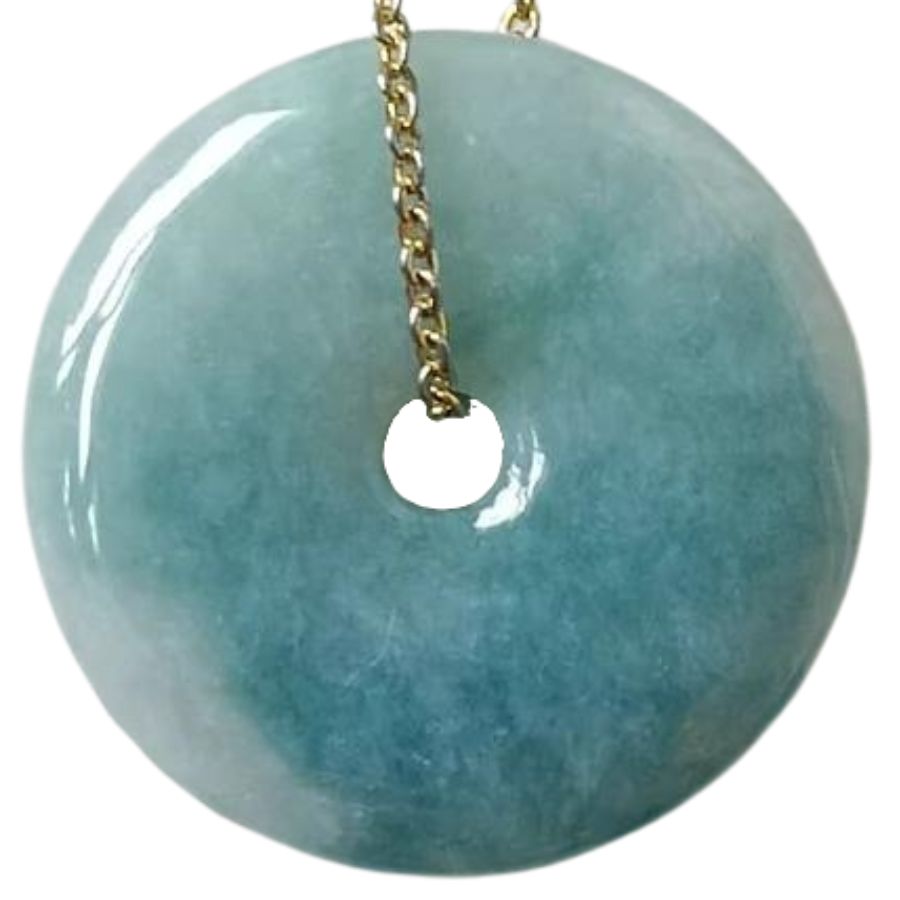
Blue jade’s rare and captivating color stems from trace elements like cobalt or chromium within the stone, creating varying shades. The exact hue depends on the specific mineral content and conditions where the jade formed.
Most blue jade is found in locations like Turkey and the United States, where geological conditions are just right for forming this scarce variety.
Blue jade often presents a solid appearance but may exhibit slight translucency when thinly sliced or expertly carved.
For those curious about discovering more about this rare gemstone and others, consider learning about gemstone mining near you.
This activity can be a fascinating way to connect with the natural world and perhaps even find a piece of blue jade to treasure.

